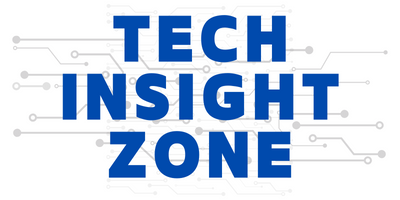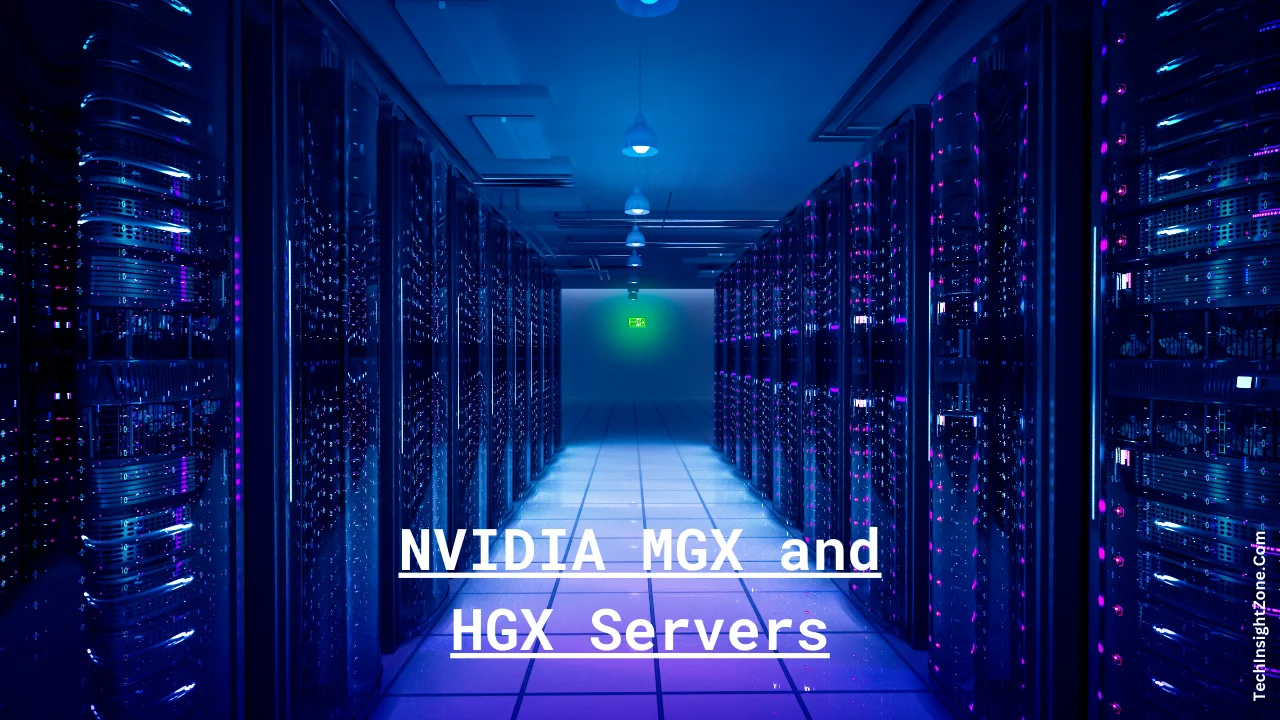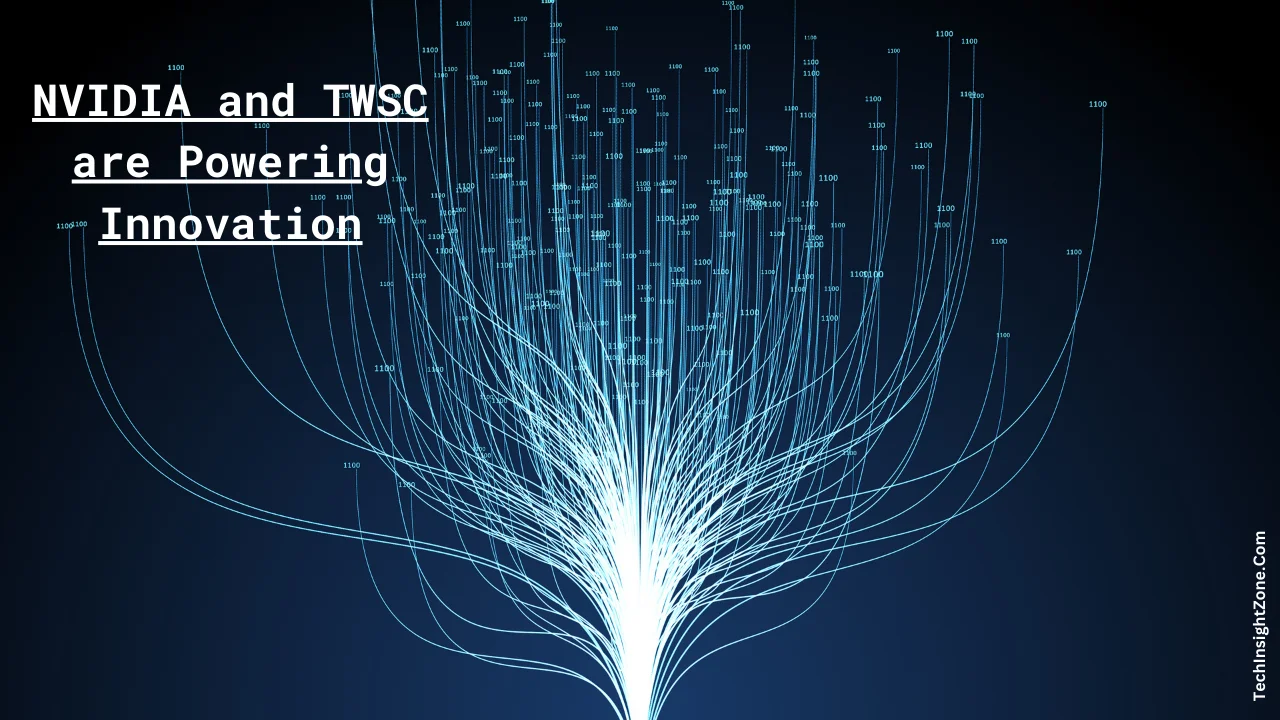ASUS, a global leader in technology innovation, has unveiled a suite of groundbreaking AI supercomputing solutions at ISC 2024. These advancements, including the NVIDIA® MGX-powered AI servers, the NVIDIA HGX servers, the D2C cooling solution, and the Generative AI POD solutions, are set to revolutionize the AI industry.
Let’s dive right in and see what they’ve got cooking.
1. ASUS’s NVIDIA MGX and HGX Servers: A New Era of AI Solutions
ASUS has introduced the NVIDIA MGX-powered ESC NM1-E1 and ESR1-511N-M1 servers. These servers, powered by the NVIDIA GH200 Grace Hopper™ Superchip, offer exceptional performance and efficiency, making them ideal for AI-driven data centers, high-performance computing (HPC), data analytics, and NVIDIA Omniverse™ applications. This translates to:
- Blazing-fast processing: Imagine AI algorithms that can churn through massive datasets in record time. This can accelerate tasks like drug discovery, materials science research, and financial modeling.
- Unparalleled memory handling: Complex simulations and large language models require exceptional memory capabilities. These servers provide the muscle to tackle these demanding applications with ease.
- Future-proofed for tomorrow’s AI: The cutting-edge technology ensures these servers can handle the ever-evolving needs of AI for years to come.
Not to be outdone, the ASUS ESC N8A-E12 and RS720QN-E11-RS24U HGX GPU servers brings the heat (in a good way) for generative AI tasks. These robust servers, powered by dual AMD EPYC™ 9004 processors and eight NVIDIA H100 Tensor Core GPUs, offer a unique one-GPU-to-one-NIC configuration for maximal throughput in compute-heavy tasks.
This translates to:
- Generative AI on steroids: Generative AI is a field focused on creating entirely new data, like realistic images or innovative drug designs. This server provides the horsepower to tackle these groundbreaking applications.
- Optimized infrastructure for AI workflows: ASUS has meticulously designed this server to streamline the entire AI development process, from data ingestion to model training.
- Software development muscle: The server is built to seamlessly integrate with AI software development tools, allowing researchers and developers to unleash their full potential.
2. Cooling Innovations: Keeping Things Cool While Pushing Performance
ASUS understands that with great power comes great heat. That’s why they’ve introduced their innovative D2C (Direct-to-Chip) cooling solution. This clever technology offers several advantages:
- Leveraging existing infrastructure: D2C cooling allows you to utilize your current data center setup, saving on costs and deployment time.
- Enhanced efficiency: This solution directly cools the processor chips, leading to significant reductions in power usage effectiveness (PUE). This translates to lower energy bills and a smaller environmental footprint.
- Scalability for future needs: The D2C design is adaptable and can be scaled up as your AI demands grow.
3. Generative AI PODs: The All-in-One Powerhouse for AI Success
If you’re looking for a complete AI supercomputing solution, look no further than the Generative AI PODs from ASUS’s subsidiary, TWSC. These all-in-one bundles offer a comprehensive package for organizations venturing into the world of AI:
- Swift deployment: Get up and running with AI quickly and efficiently. TWSC’s expertise ensures a smooth transition to AI supercomputing.
- End-to-end services: TWSC provides a full suite of services, from initial consultation to ongoing maintenance. This ensures your AI infrastructure is always running at peak performance.
- Unwavering security: Generative AI PODs prioritize robust security measures to protect your valuable data and intellectual property.
The Role of NVIDIA and TWSC: Powering Innovation
The success of this initiative hinges on strong partnerships. NVIDIA plays a crucial role by providing the powerhouse GPUs that fuel these servers. Their expertise in AI hardware is unparalleled. ASUS leverages this strength to design servers specifically optimized for such hardware.
Meanwhile, TWSC brings their experience in managing large-scale AI infrastructure to the table. Their proven track record in building some of the world’s most powerful supercomputers ensures the smooth operation and management of these complex systems.
What This Means for You: A Brighter Future Powered by AI
These advancements from ASUS are a game-changer for the AI industry. Here’s a glimpse into the possibilities:
- Faster drug discovery: Researchers can leverage AI to analyze vast amounts of medical data, accelerating the development of life-saving drugs.
- Groundbreaking materials science: AI can be used to design and simulate new materials with superior properties, leading to innovations in everything from clean energy to aerospace engineering.
- Streamlined financial modeling: Financial institutions can utilize AI to make more accurate predictions and optimize investment strategies.
Key Takeaways
The race to unlock the true potential of AI is on, and ASUS’s comprehensive approach positions them as a frontrunner. By delivering not just powerful hardware but also user-friendly deployment solutions, they’re democratizing access to this transformative technology.
As AI continues to evolve, expect ASUS and their partners to remain at the forefront, shaping the future of intelligent machines and the profound impact they’ll have on our world.
These advancements are significant as they solve key challenges in the AI industry, including performance, efficiency, cooling, and infrastructure. Ultimately, these technologies will benefit end users by enabling more efficient and effective AI applications.
Furthermore, as the world witnesses the dawn of a new era in computing prowess, another collaboration stirs anticipation: Samsung and O2 Telefonica join forces, promising a network revolution. Delve deeper into the synergistic efforts poised to redefine connectivity and computing paradigms.






